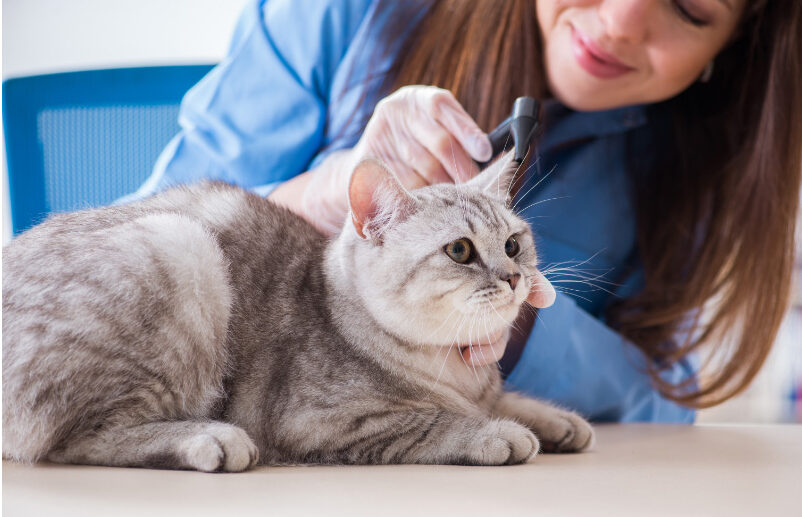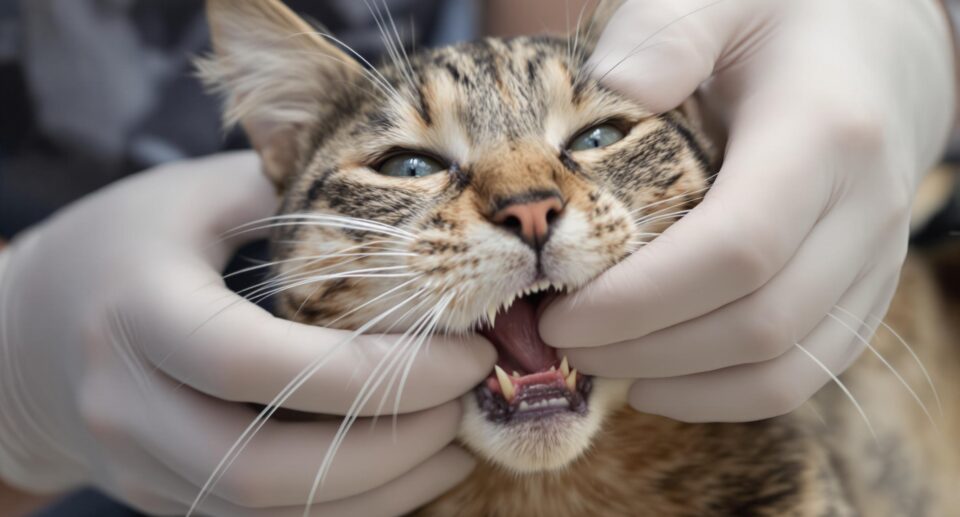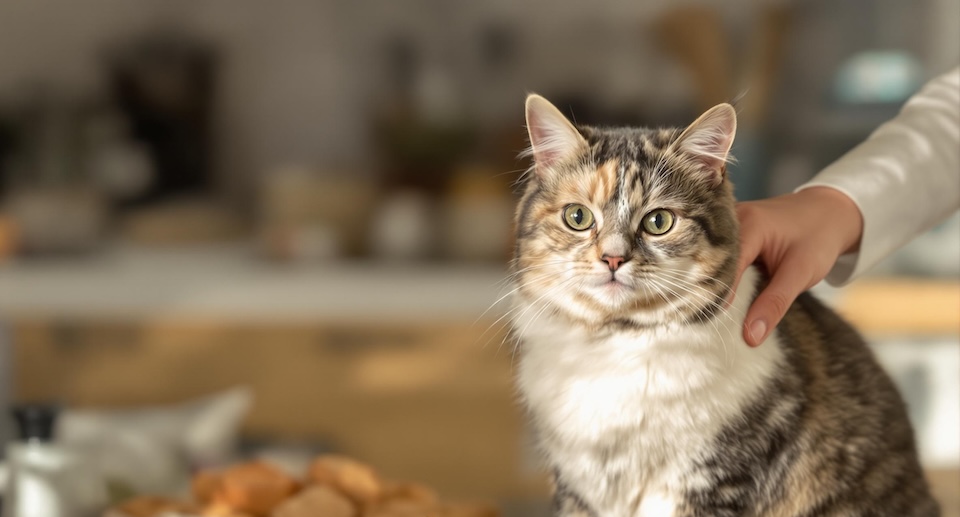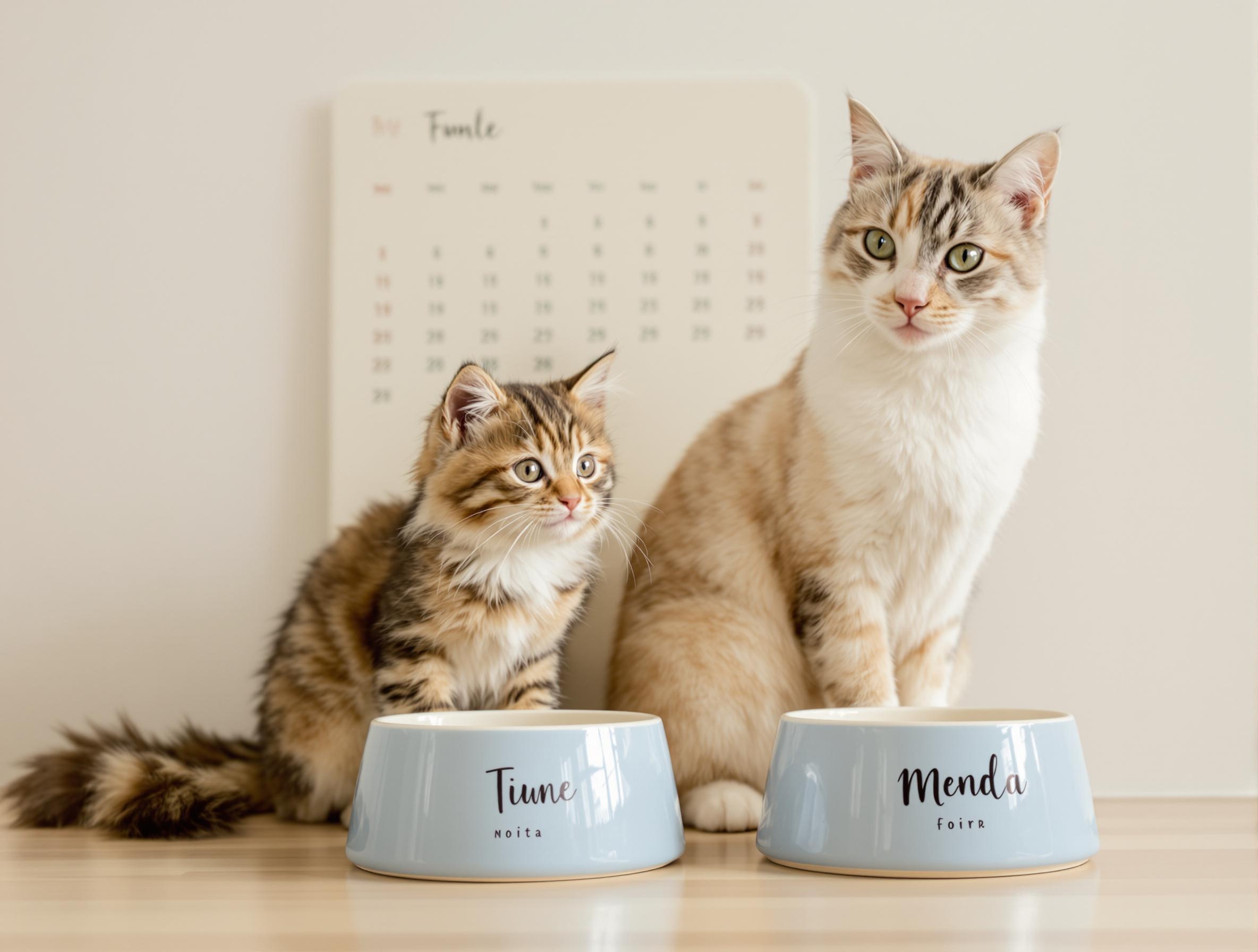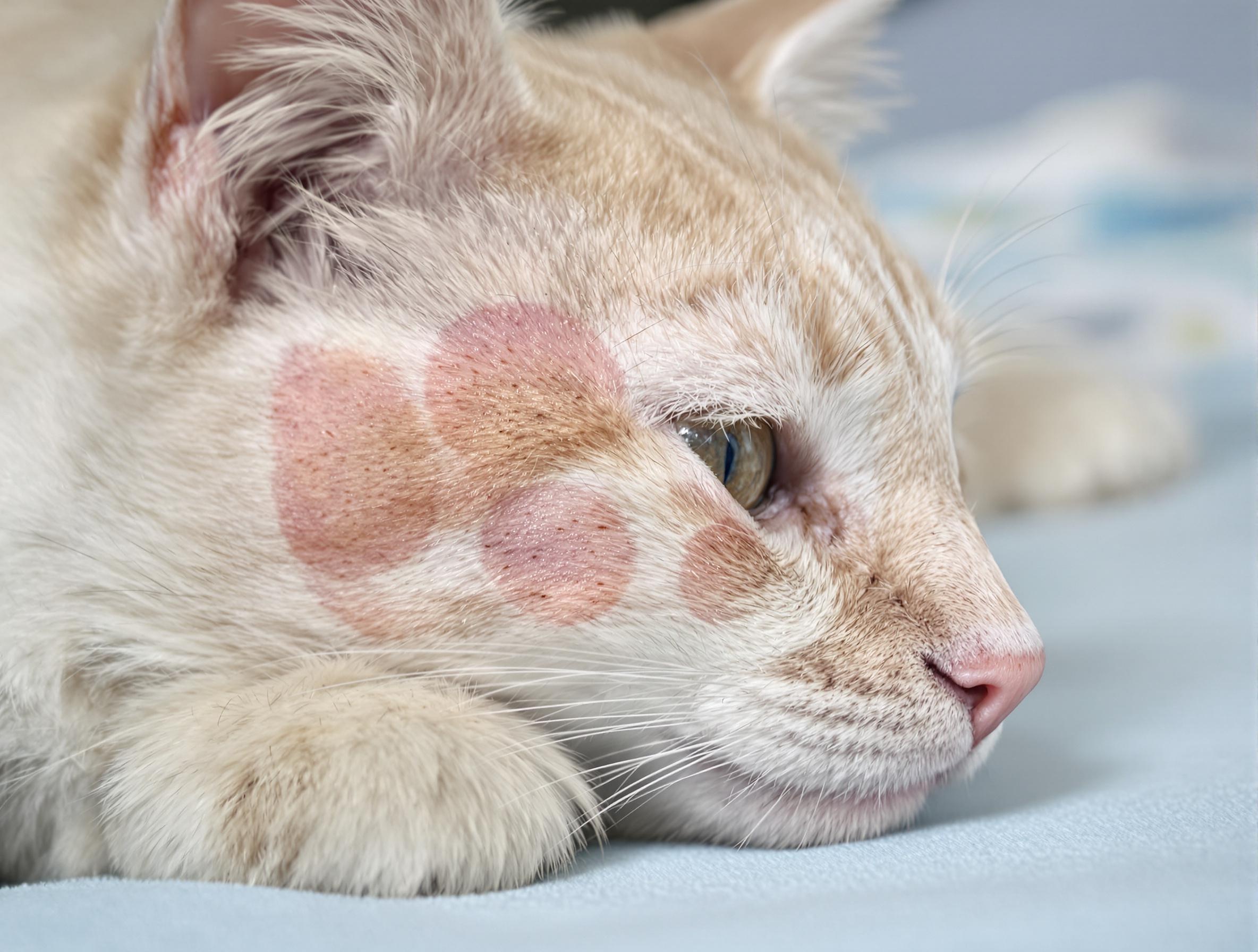5 Surprising Signs of Dental Disease in Cats
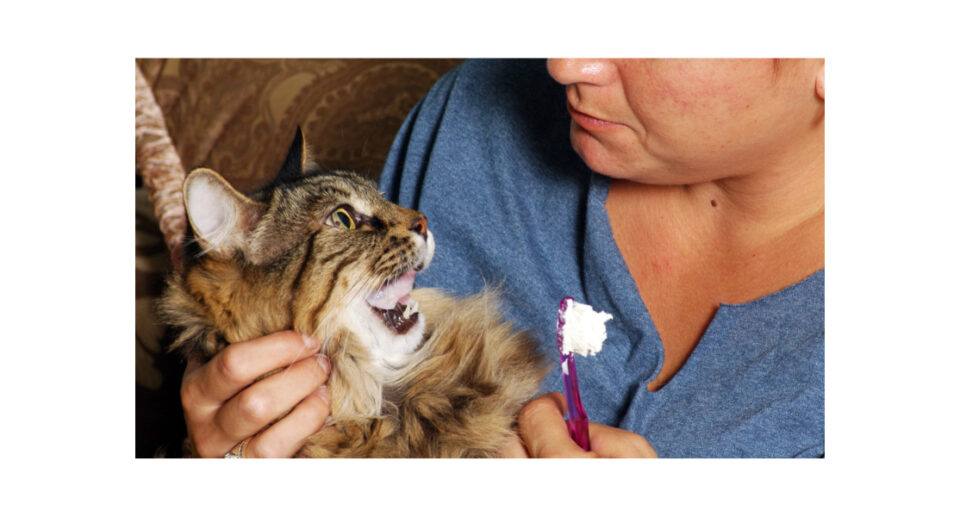
As many as 9 in every 10 cats will have some form of dental disease by the time they’re four years old. Early symptoms can be subtle, and it’s not uncommon for dental disease to go unnoticed until the cat shows obvious signs like bad breath, bleeding, and tooth loss.
In honor of National Pet Dental Health Month, learn about commonly missed, unexpected signs of dental disease in cats.
Suddenly avoiding touch. Cats love being scratched on their cheeks, under the chin, and on the head, but when they suddenly avoid being touched or become grumpy when you go for their usual scritches, it could be a sign of pain or discomfort. Advanced gum disease can spread to the lower or upper jaw, making those once-loved chin scratches and head rubs too painful to bear.
Unexplained weight loss. Even if your cat could stand to lose some weight, unintentional, unexplained weight loss is never a healthy sign. When cats lose weight too rapidly, their body fat breaks down and enters their bloodstream, potentially leading to life-threatening hepatic lipidosis. Dental pain is a common reason cats may avoid eating and lose weight too quickly.
Looking scruffy and ungroomed. Cats spend hours each day licking their fur to distribute the skin’s oils and remove loose fur and debris. When their coat is suddenly no longer smooth and clean, instead appearing dirty and greasy, it’s often a sign of dental pain. Gum disease can cause tooth and jaw pain that makes grooming for hours impossible.
Teeth that look bigger and longer. Cats with advanced gum disease can develop feline perialveolar osteitis, painful condition in which the gum tissue at the base of the affected canine tooth becomes inflamed. In response to inflammation, new bone tissue can grow under the existing tooth, essentially pushing it out of the socket, making it appear longer. This condition can affect one or both of the top or bottom canines.
Nasal discharge. Upper respiratory infections are common in cats, and sometimes they’re caused by a dental issue. An abscess at the base of a tooth located in the upper jaw can drain into the sinuses or cause a sinus infection. As a result there will be thick yellow or green mucus, possibly tinged with blood, accompanied with a foul, metallic odor.
What To Do If You Notice Signs of Dental Disease
Cats that show signs of dental disease need a professional cleaning and evaluation from their veterinarian as soon as possible. Your veterinarian can use x-rays to look for signs of gum and tissue damage below the gumline, scale and polish each tooth, and extract any teeth that cannot be saved. Thankfully, cats adapt well to dental exams and feel much better once the underlying cause of pain and discomfort has been treated.
VISION
Every pet deserves to live a long, happy, healthy life.

